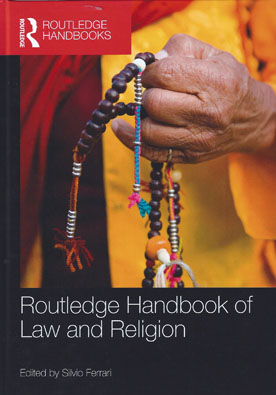
The field of law and religion studies has undergone a profound transformation over the last thirty years. At the beginning of this period it was predominantly understood as an area devoted to the study of the relationship between States and religious communities. The focus of the discipline then moved first to looking at the rights of religious liberty and then to encompass the place and role of religion in the public space. This handbook features new, specially commissioned papers by a range of eminent scholars and offers a comprehensive overview of the field of law and religion including its historical development.
The book takes an interdisciplinary approach including contributions from anthropologists, sociologists, theologians and political scientists in order to analyze how laws and court decisions concerning religion contribute to the shaping of the public space. The chapters address themes including: religious symbols in the public space; apostasy; law, religion and security; and freedom of religion and cultural rights. With its authoritative and path-breaking chapters this book is an essential reference work for both students and scholars interested in the interactions and relationship between law and religion.